Table of Contents
Guide
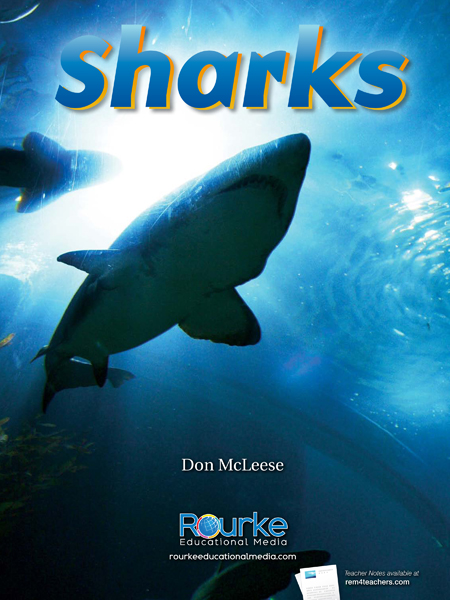
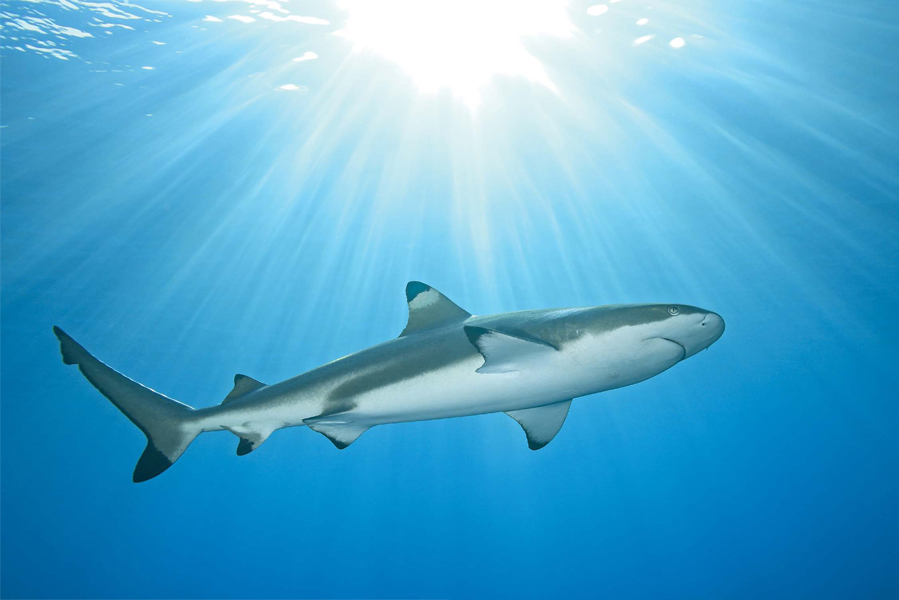
2013 Rourke Educational Media All rights reserved. No part of this book may be reproduced or utilized in any form or by any means, electronic or mechanical including photocopying, recording, or by any information storage and retrieval system without permission in writing from the publisher. www.rourkeeducationalmedia.com PHOTO CREDITS: : Andy Chia; Edited by Precious McKenzie
Cover Design by Renee Brady
Interior Design by Cory Davis Library of Congress Cataloging-in-Publication Data Sharks / Don McLeese
(Eye to Eye with Animals)
ISBN 978-1-61810-115-0 (hard cover) (alk. paper)
ISBN 978-1-61810-248-5 (soft cover)
Library of Congress Control Number: 2011944406 Rourke Educational Media
Printed in the United States of America,
North Mankato, Minnesota
 rourkeeducationalmedia.com
rourkeeducationalmedia.com customersevice@rourkeeducationalmedia.com PO Box 643328 Vero Beach, Florida 32964
Chapter 1
Dont Be Afraid, But Be Careful
Do sharks scare you? Have you ever worried about being eaten by one? Of all the fish in the sea, many people are most afraid of sharks. This is because the shark is a , which means that it eats other animals. Most of the animals it eats are other fish.
It even eats other sharks, with bigger ones attacking smaller ones. And, yes, some sharks eat people, but dont worry, this isnt very common. 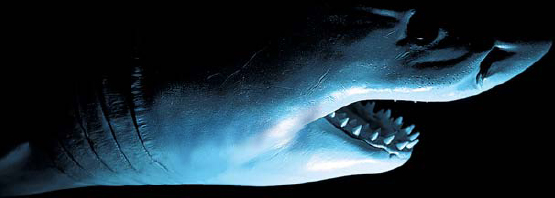
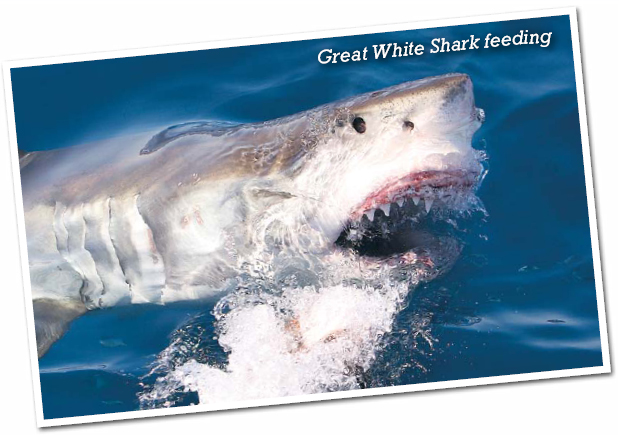
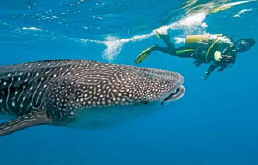 Whale Shark with diver Some sharks are only five inches long (12.7 centimeters) and weigh about an ounce (28.3 grams). The biggest fish is the whale shark which can be 40 feet long (12.19 meters) and weigh 15 tons (13,608 kilograms). This is twice as heavy as an elephant! But the whale shark swims very slowly and eats plants and small fish, so people dont need to be afraid of it. Did You Know? There are more than 400 types, or , of sharks.
Whale Shark with diver Some sharks are only five inches long (12.7 centimeters) and weigh about an ounce (28.3 grams). The biggest fish is the whale shark which can be 40 feet long (12.19 meters) and weigh 15 tons (13,608 kilograms). This is twice as heavy as an elephant! But the whale shark swims very slowly and eats plants and small fish, so people dont need to be afraid of it. Did You Know? There are more than 400 types, or , of sharks.
Only a few dozen of those are any threat to people. 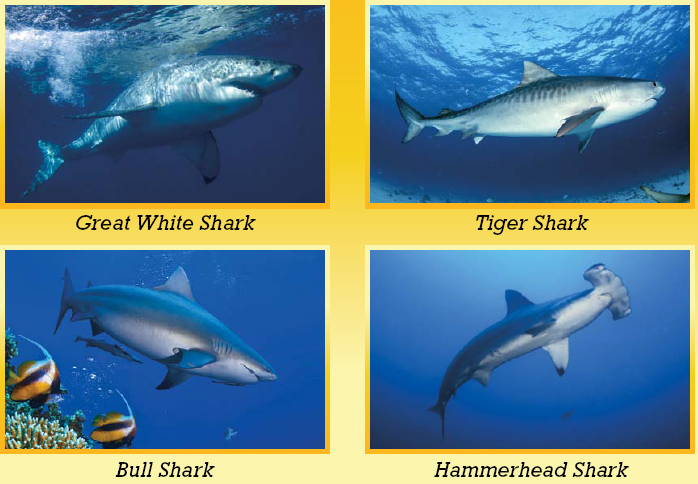 In general, sharks attack only around 100-150 people a year. Your chancesare greater of being killed by insects, such as bees, or by lightning.
In general, sharks attack only around 100-150 people a year. Your chancesare greater of being killed by insects, such as bees, or by lightning.
Chapter 2
No Bones Just Sharp Teeth
Sharks are different from most other fish and animals. They have no bones! Instead of a .
 Your ears and nose have cartilage, too.
Your ears and nose have cartilage, too.
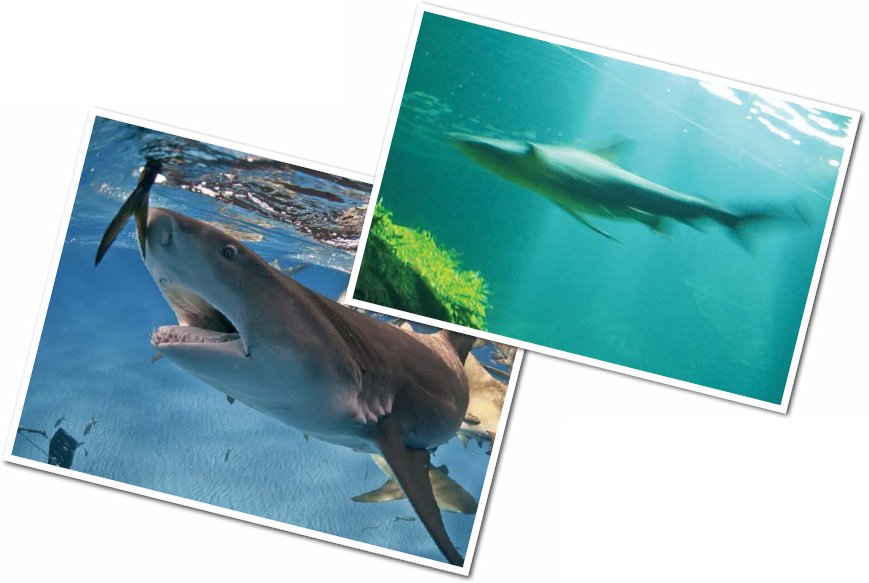 Being fast swimmers help sharks catch and eat other animals.
Being fast swimmers help sharks catch and eat other animals. The shape of the shark and the way the cartilage bends makes some sharks very fast swimmers. The fastest shark can swim almost 45 miles an hour (72.4 kilometers an hour).
This is close to the speed of a car driving on a highway. No human could swim, or even run, nearly that fast. The movement of a long tail provides the power for the shark. Sharks also have on the sides of their bodies. Fins provide balance and steering. Sharks have sharper teeth than most carnivores.
When a shark loses a tooth, it grows another one. A shark can have as many as 3,000 teeth at once and around 20,000 teeth in its lifetime! No animal has a stronger jaw than the shark. 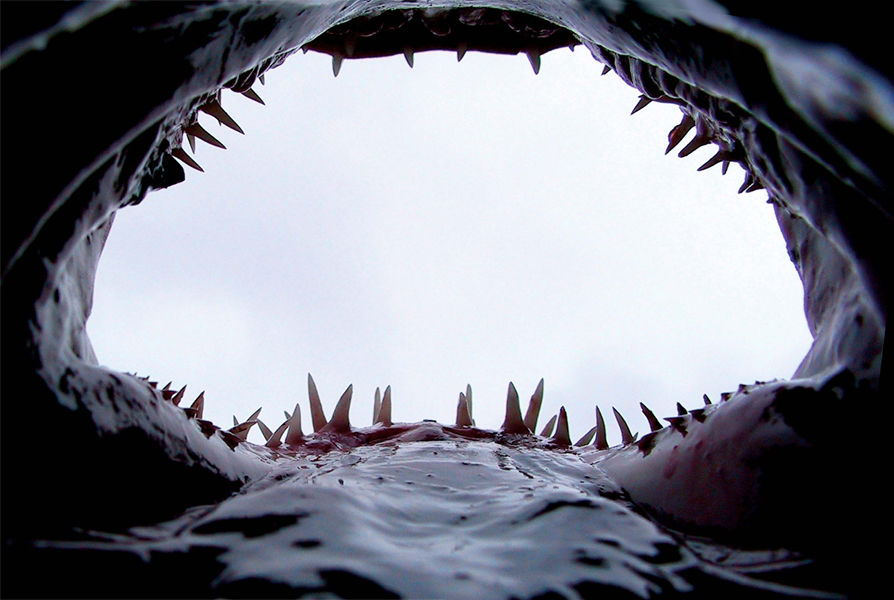

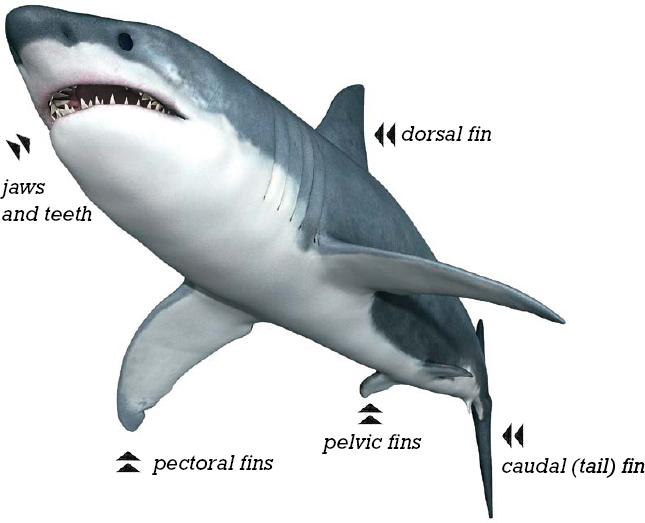
Chapter 3
Older Than Dinosaurs
Sharks have been around for almost 400 million years. Even before roamed the Earth, sharks were swimming in the ocean. Because many of them are so strong and fast, they have continued to survive long after the dinosaurs disappeared.
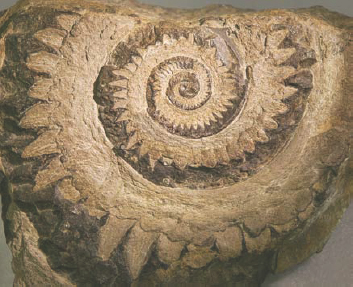 Scientists have found fossilized teeth from sharks that lived almost 300 million years ago.
Scientists have found fossilized teeth from sharks that lived almost 300 million years ago. This chart shows the subdivisions of geological time, from the Cambrian period to the present day.
This chart shows the subdivisions of geological time, from the Cambrian period to the present day.
In what periods did the first sharks appear? Some sharks live deep down in the ocean. Others live closer to the surface. Still others live in rivers or lakes that are connected to the ocean. Some sharks like the warm water found there. 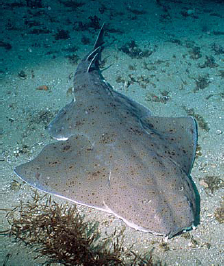 Bottom dweller: Angel Shark
Bottom dweller: Angel Shark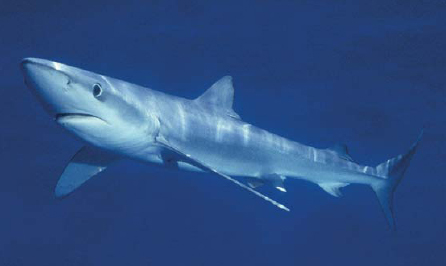 Surface dweller: Blue Shark
Surface dweller: Blue Shark
Chapter 4
Baby Sharks
There are many ways sharks are born because there are so many kinds of sharks. Some mother sharks have babies that grow inside them, much like humans.
Other sharks lay eggs, like birds. Other sharks have eggs that hatch inside the mother shark. 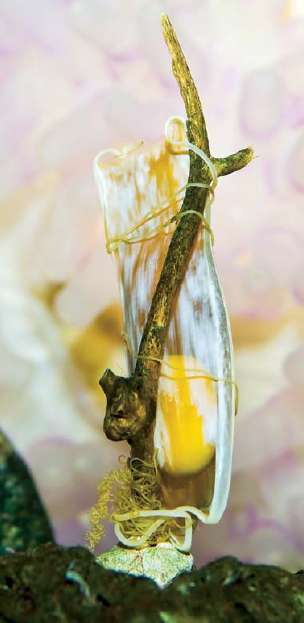
 Shark eggs
Shark eggs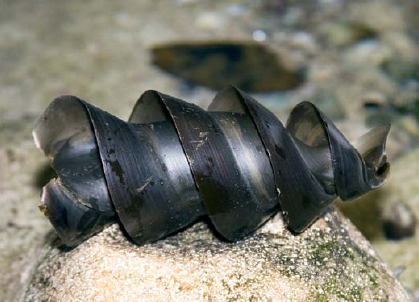 Shark babies are called . Once the pups are born, mothers no longer take care of them. Bigger sharks sometimes eat shark pups!
Shark babies are called . Once the pups are born, mothers no longer take care of them. Bigger sharks sometimes eat shark pups! 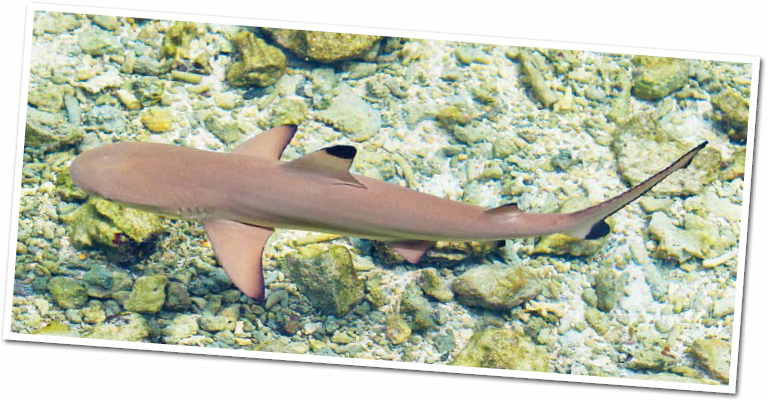

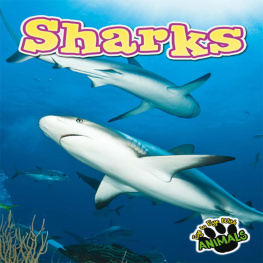



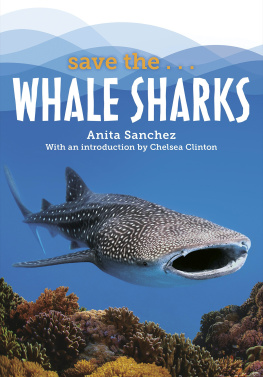
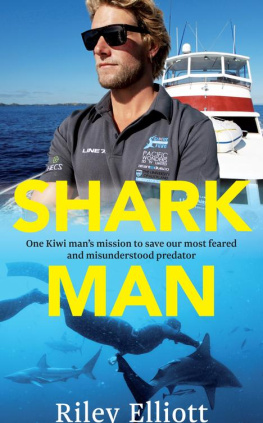


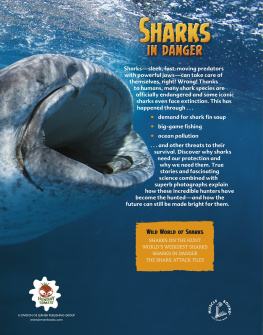
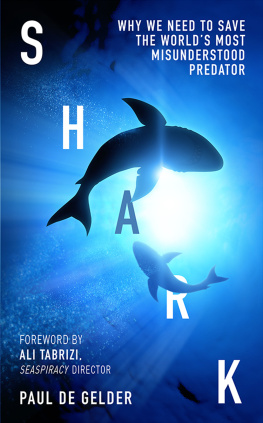
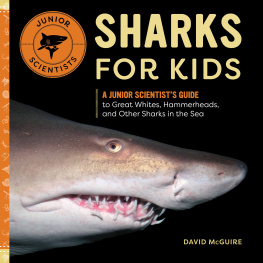


 2013 Rourke Educational Media All rights reserved. No part of this book may be reproduced or utilized in any form or by any means, electronic or mechanical including photocopying, recording, or by any information storage and retrieval system without permission in writing from the publisher. www.rourkeeducationalmedia.com PHOTO CREDITS: : Andy Chia; Edited by Precious McKenzie
2013 Rourke Educational Media All rights reserved. No part of this book may be reproduced or utilized in any form or by any means, electronic or mechanical including photocopying, recording, or by any information storage and retrieval system without permission in writing from the publisher. www.rourkeeducationalmedia.com PHOTO CREDITS: : Andy Chia; Edited by Precious McKenzie rourkeeducationalmedia.com customersevice@rourkeeducationalmedia.com PO Box 643328 Vero Beach, Florida 32964
rourkeeducationalmedia.com customersevice@rourkeeducationalmedia.com PO Box 643328 Vero Beach, Florida 32964 

 Whale Shark with diver Some sharks are only five inches long (12.7 centimeters) and weigh about an ounce (28.3 grams). The biggest fish is the whale shark which can be 40 feet long (12.19 meters) and weigh 15 tons (13,608 kilograms). This is twice as heavy as an elephant! But the whale shark swims very slowly and eats plants and small fish, so people dont need to be afraid of it. Did You Know? There are more than 400 types, or , of sharks.
Whale Shark with diver Some sharks are only five inches long (12.7 centimeters) and weigh about an ounce (28.3 grams). The biggest fish is the whale shark which can be 40 feet long (12.19 meters) and weigh 15 tons (13,608 kilograms). This is twice as heavy as an elephant! But the whale shark swims very slowly and eats plants and small fish, so people dont need to be afraid of it. Did You Know? There are more than 400 types, or , of sharks. In general, sharks attack only around 100-150 people a year. Your chancesare greater of being killed by insects, such as bees, or by lightning.
In general, sharks attack only around 100-150 people a year. Your chancesare greater of being killed by insects, such as bees, or by lightning. Your ears and nose have cartilage, too.
Your ears and nose have cartilage, too.
 Being fast swimmers help sharks catch and eat other animals. The shape of the shark and the way the cartilage bends makes some sharks very fast swimmers. The fastest shark can swim almost 45 miles an hour (72.4 kilometers an hour).
Being fast swimmers help sharks catch and eat other animals. The shape of the shark and the way the cartilage bends makes some sharks very fast swimmers. The fastest shark can swim almost 45 miles an hour (72.4 kilometers an hour). 


 Scientists have found fossilized teeth from sharks that lived almost 300 million years ago.
Scientists have found fossilized teeth from sharks that lived almost 300 million years ago. This chart shows the subdivisions of geological time, from the Cambrian period to the present day.
This chart shows the subdivisions of geological time, from the Cambrian period to the present day. Bottom dweller: Angel Shark
Bottom dweller: Angel Shark Surface dweller: Blue Shark
Surface dweller: Blue Shark

 Shark eggs
Shark eggs Shark babies are called . Once the pups are born, mothers no longer take care of them. Bigger sharks sometimes eat shark pups!
Shark babies are called . Once the pups are born, mothers no longer take care of them. Bigger sharks sometimes eat shark pups! 